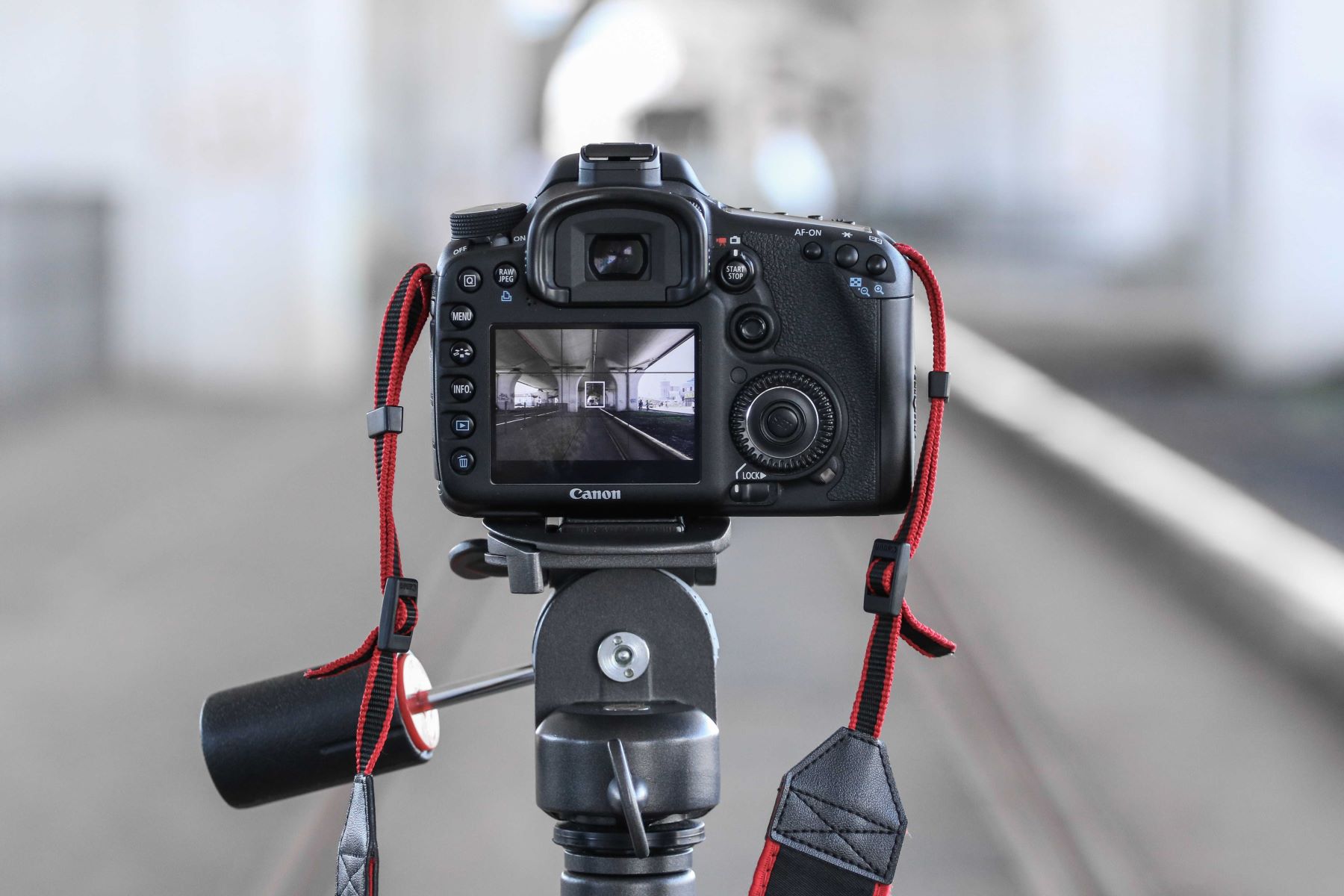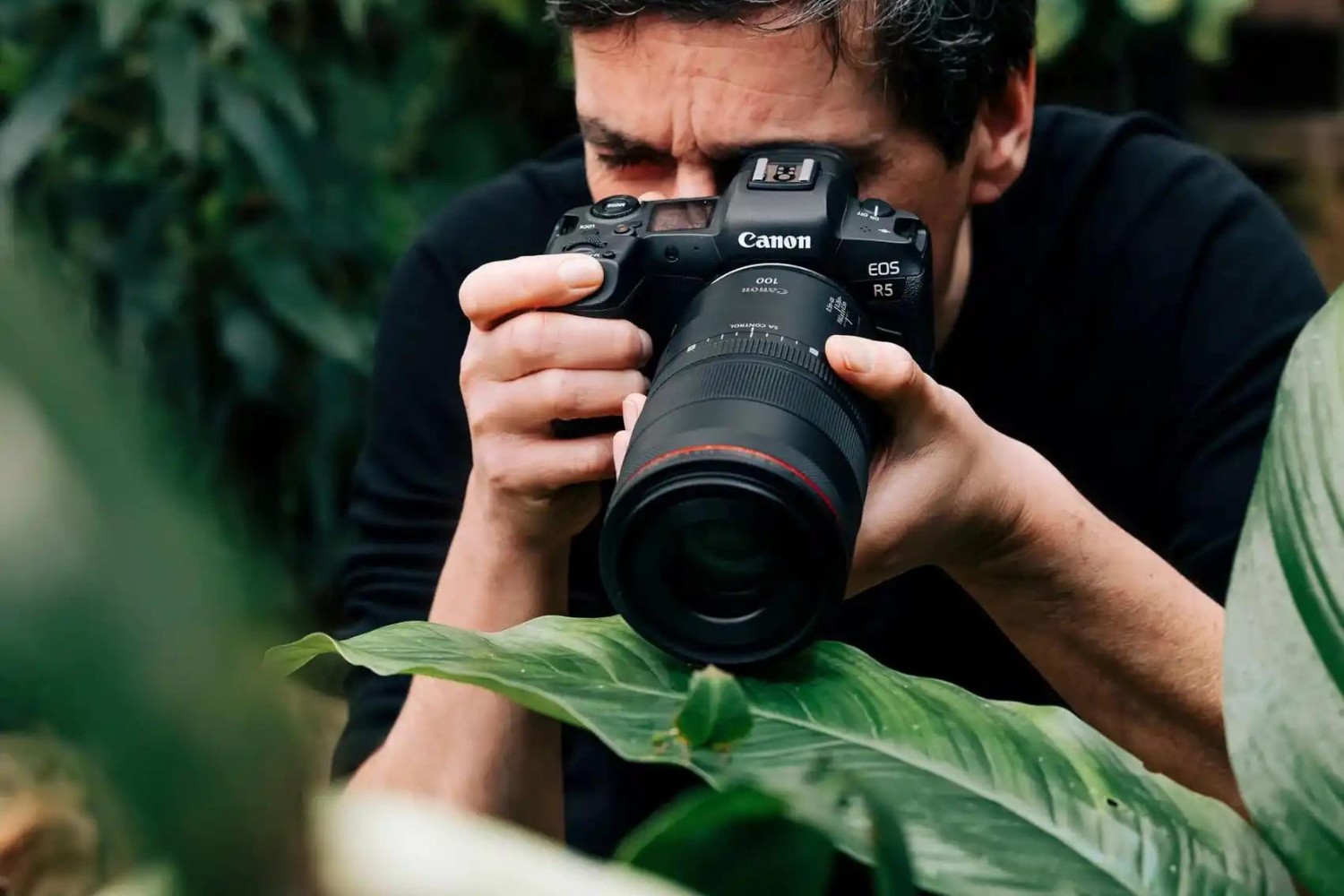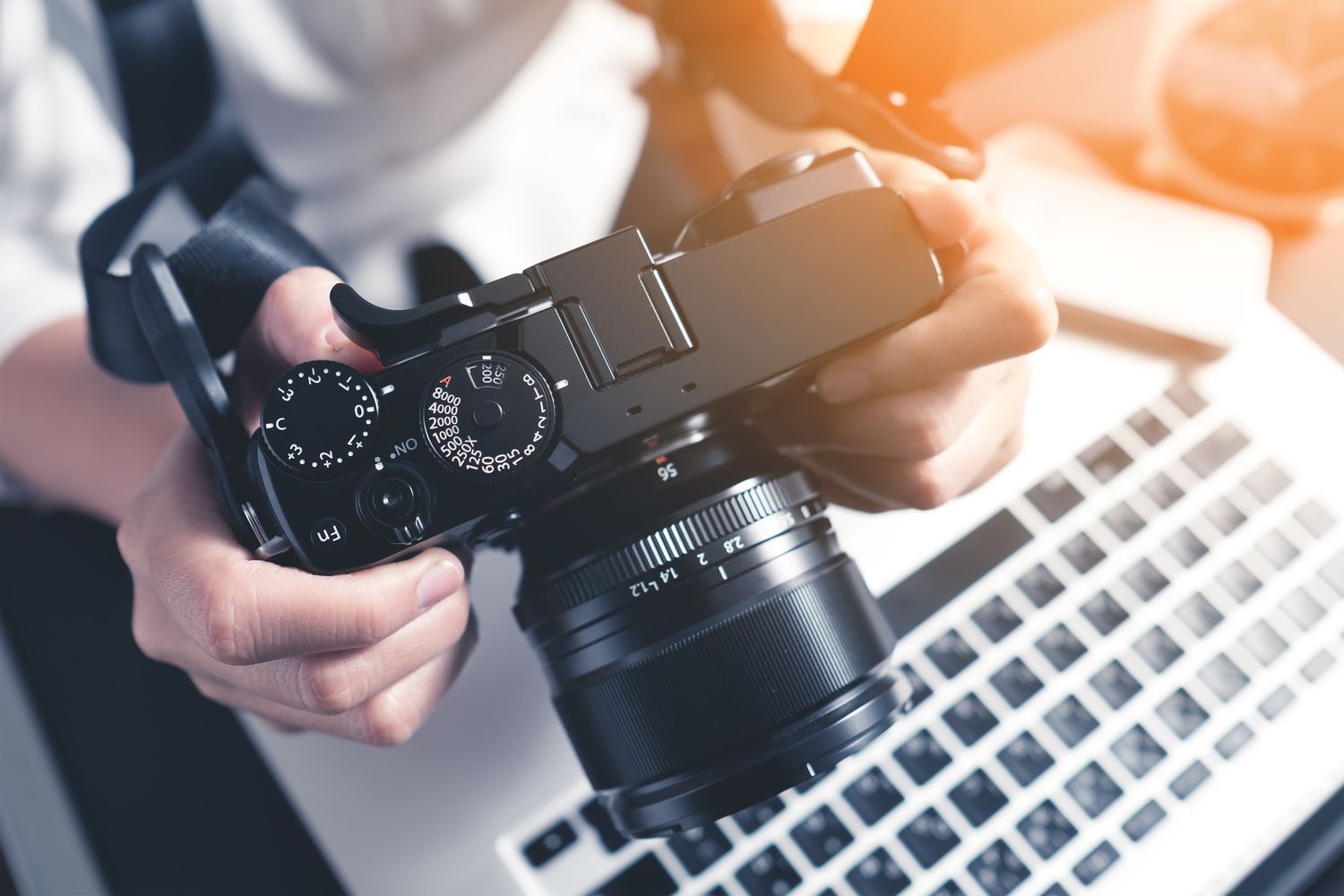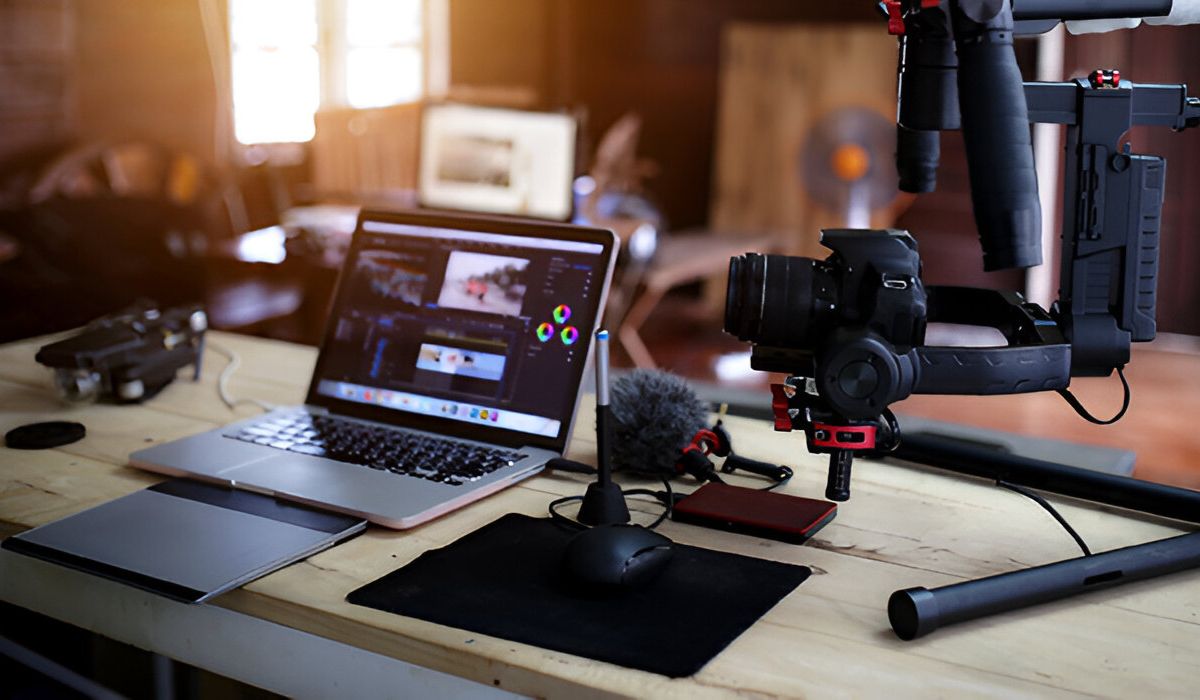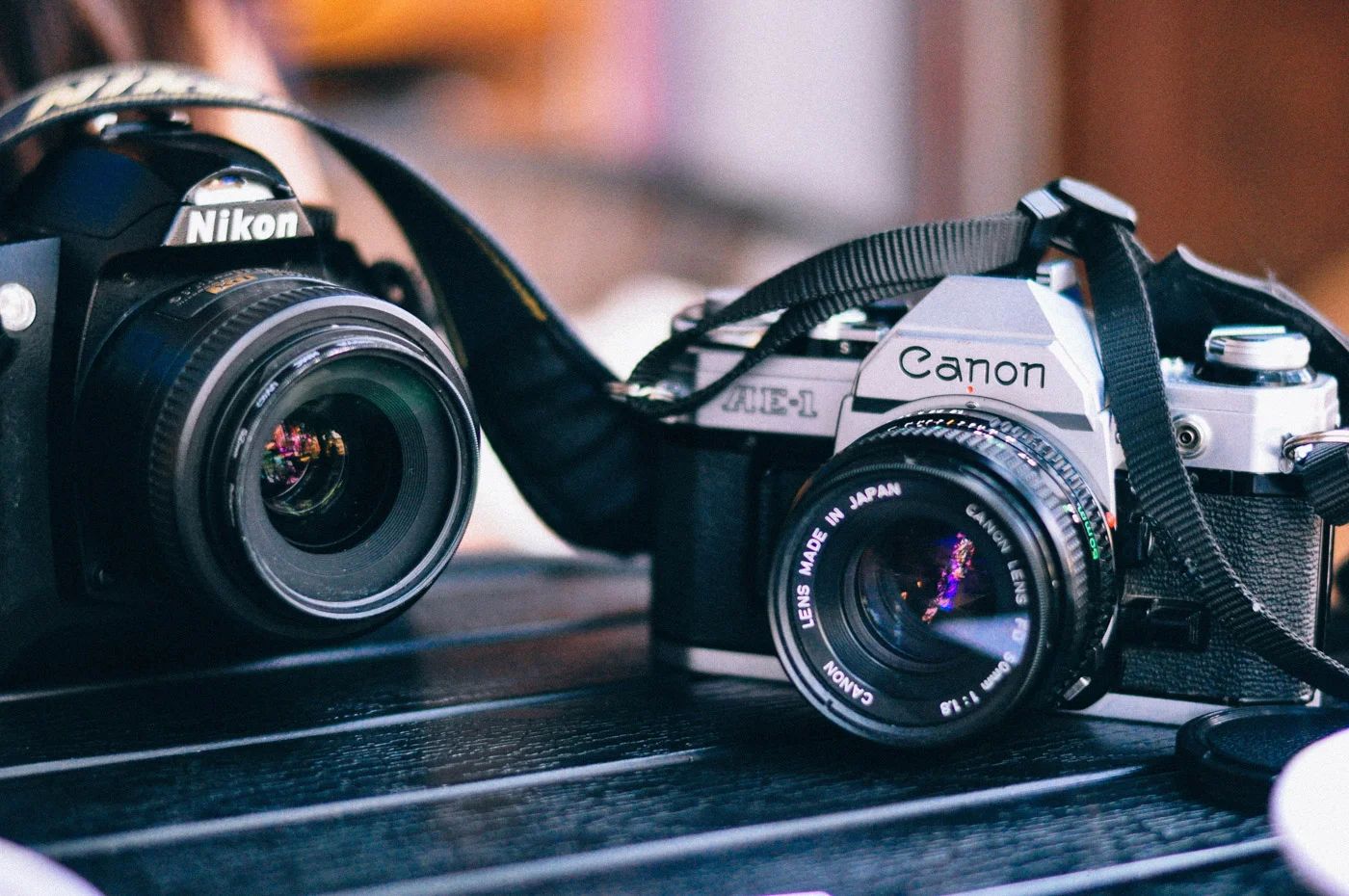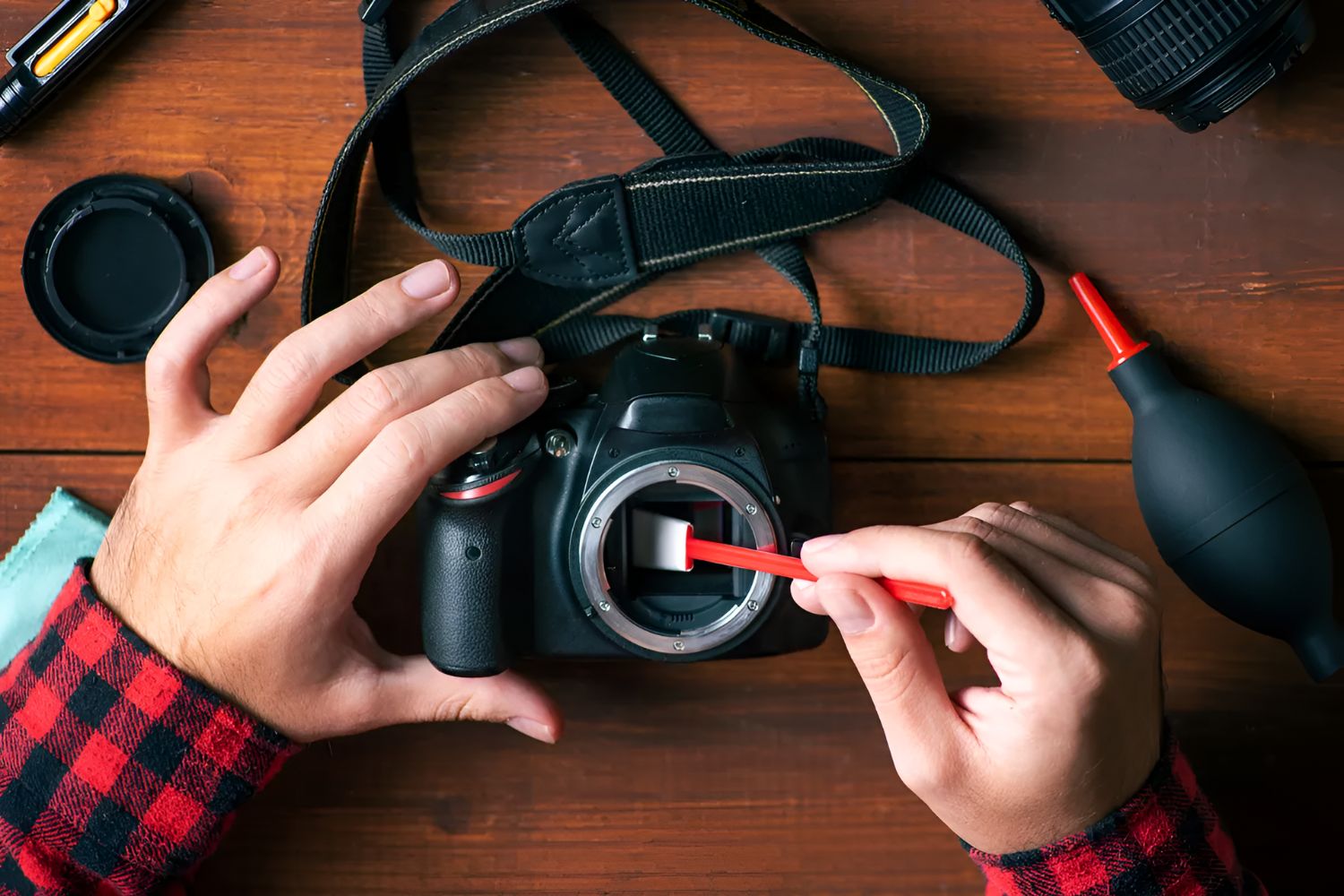Introduction
Understanding the Importance of Light in Photography
Photography is essentially the art of capturing light. The interplay of light and shadow is what gives depth, dimension, and mood to a photograph. When it comes to DSLR cameras, understanding how to manipulate light is crucial for achieving the desired effects in your images. Whether you are a novice or a seasoned photographer, mastering the techniques for letting more light into your DSLR camera can significantly enhance the quality of your photographs.
In this comprehensive guide, we will delve into the fundamental aspects of photography, particularly the role of aperture, shutter speed, ISO, and the choice of lenses in controlling the amount of light that enters the camera. Additionally, we will explore the use of external light sources and reflectors to further augment the available light. By the end of this guide, you will have a deeper understanding of how to optimize light settings to elevate the visual impact of your photographs.
Photography is a beautiful blend of art and science, and understanding the technical aspects of light manipulation can empower you to unleash your creativity and capture stunning images. Let's embark on this enlightening journey to uncover the secrets of harnessing light to transform your photography.
Understanding Aperture
Unveiling the Role of Aperture in Controlling Light
Aperture, often referred to as the lens diaphragm, is a critical component in regulating the amount of light that enters the camera. It is essentially the opening in the lens through which light passes to reach the camera sensor. Understanding the concept of aperture and its impact on photography is pivotal for achieving the desired exposure and depth of field in your images.
Aperture is denoted by an f-stop value, such as f/2.8, f/5.6, or f/11, among others. The f-stop value represents the size of the aperture opening, with smaller f-stop numbers indicating larger apertures that allow more light to enter the camera. Conversely, higher f-stop numbers denote smaller apertures, which restrict the amount of light passing through the lens.
When you adjust the aperture to a lower f-stop number, such as f/2.8, the lens opening widens, enabling more light to reach the camera sensor. This is particularly advantageous in low-light conditions or when you intend to achieve a shallow depth of field, where the subject is sharply focused while the background appears beautifully blurred. On the other hand, using a higher f-stop number, such as f/11 or f/16, results in a smaller aperture, reducing the amount of light entering the camera and increasing the depth of field, thereby keeping more elements in the scene in focus.
Furthermore, the choice of aperture also influences the aesthetic quality of the out-of-focus areas in an image, commonly known as bokeh. A wider aperture, indicated by a lower f-stop number, produces a more pronounced and creamy bokeh, adding a captivating visual appeal to the photograph.
Mastering the manipulation of aperture empowers you to adapt to varying lighting conditions and creatively control the visual impact of your images. By comprehending the significance of aperture and its influence on exposure and depth of field, you can elevate the artistic and technical aspects of your photography, unlocking a world of captivating visual storytelling.
Adjusting Shutter Speed
Unleashing Creativity through Shutter Speed Mastery
Shutter speed plays a pivotal role in controlling the exposure of your photographs and capturing motion with precision. It determines the duration for which the camera’s shutter remains open, allowing light to reach the sensor and freeze the desired moment in time. Understanding and effectively manipulating shutter speed can significantly enhance the visual impact and storytelling potential of your images.
When it comes to adjusting shutter speed, the choices range from fractions of a second to several seconds, offering a wide spectrum of creative possibilities. A faster shutter speed, such as 1/1000 or 1/2000 of a second, is ideal for freezing fast-moving subjects, such as sports action, wildlife in motion, or a bustling city street. This rapid shutter speed ensures that the subject appears sharply focused, devoid of motion blur, even in dynamic and high-speed scenarios.
Conversely, a slower shutter speed, such as 1/30 or 1/15 of a second, introduces a captivating sense of motion blur, which can be artistically employed to convey movement, fluidity, and a surreal ambiance in your photographs. This technique is particularly effective when photographing flowing water, light trails in urban nightscapes, or artistic long-exposure images that encapsulate the passage of time in a single frame.
Furthermore, the deliberate use of long exposure, achieved with significantly slower shutter speeds, enables the creation of mesmerizing effects, such as streaking clouds against a static landscape, star trails in the night sky, or the graceful trails of light painting. By harnessing the potential of shutter speed, you can infuse your images with a captivating dynamism and evoke a profound sense of time and motion, transcending the confines of a static photograph.
Understanding the nuanced interplay between shutter speed, light, and motion empowers you to unleash your creativity and capture evocative visual narratives. By skillfully adjusting the shutter speed, you can transcend the ordinary and immortalize fleeting moments with precision and artistry, adding depth and intrigue to your photographic repertoire.
Using ISO to Increase Sensitivity
Harnessing the Power of ISO for Enhanced Image Sensitivity
ISO, which stands for International Organization for Standardization, in the realm of photography, refers to the sensitivity of the camera sensor to light. Manipulating the ISO setting allows you to adjust the camera’s sensitivity to light, thereby influencing the exposure and overall brightness of your photographs. Understanding the strategic use of ISO can empower you to adapt to diverse lighting conditions and elevate the visual quality of your images.
When you increase the ISO setting, the sensor becomes more receptive to light, enabling you to capture well-exposed images even in low-light environments. This is particularly advantageous when shooting indoors, during twilight or in dimly lit settings, where a higher ISO setting can compensate for the reduced ambient light, allowing you to maintain faster shutter speeds and avoid motion blur.
However, it’s essential to note that elevating the ISO comes with a trade-off. Higher ISO settings introduce digital noise, which manifests as graininess or speckles in the image, thereby affecting the overall image quality. Therefore, striking a balance between achieving adequate exposure and minimizing digital noise is crucial for producing high-quality photographs.
Conversely, in well-lit environments or when using a tripod to stabilize the camera, employing a lower ISO setting, such as ISO 100 or 200, can result in images with minimal digital noise and enhanced clarity. This is particularly beneficial for landscape photography, architectural imagery, and scenarios where ample natural or artificial light is available to illuminate the scene.
Understanding the nuances of ISO sensitivity equips you with the knowledge to adapt to varying lighting conditions and optimize the visual impact of your photographs. By judiciously manipulating the ISO setting, you can navigate the complexities of light, exposure, and image quality, ensuring that your images exude a compelling visual allure, regardless of the prevailing lighting circumstances.
Using a Lens with a Wider Aperture
Unveiling the Artistic Potential of Wide Aperture Lenses
The choice of lens plays a pivotal role in determining the amount of light that enters your DSLR camera. Opting for a lens with a wider maximum aperture, such as f/1.4 or f/2.8, unlocks a myriad of creative and technical advantages, allowing you to harness light in innovative ways and elevate the visual impact of your photographs.
Lenses with wider apertures enable the camera to gather more light, making them ideal for low-light photography scenarios, such as indoor environments, evening events, or atmospheric nightscapes. The increased light-gathering capability empowers you to achieve well-exposed images without excessively high ISO settings, thereby minimizing digital noise and preserving image clarity.
Beyond enhancing the camera’s performance in challenging lighting conditions, wide aperture lenses facilitate the creation of striking visual effects, particularly in the realm of shallow depth of field. By utilizing the wider aperture, you can achieve a beautifully blurred background, accentuating the main subject and imbuing the image with a captivating sense of depth and dimension. This technique is especially effective for portraiture, where the subject is artfully isolated against a dreamy, out-of-focus backdrop, drawing the viewer’s attention to the focal point of the photograph.
Furthermore, wide aperture lenses offer enhanced capabilities for capturing compelling low-light scenes with remarkable clarity and detail. Whether it’s photographing the intimate ambiance of a candlelit dinner, the luminous spectacle of city lights at dusk, or the enchanting radiance of a starry night sky, the wider aperture empowers you to encapsulate the essence of the scene with unparalleled visual finesse.
By embracing the creative and technical advantages of lenses with wider apertures, you can transcend the constraints of lighting conditions and unleash your artistic vision with unparalleled clarity and evocative depth. The strategic integration of wide aperture lenses enriches your photographic endeavors, enabling you to capture moments with exquisite luminosity and immersive storytelling prowess.
Using a Reflector or External Light Source
Amplifying Light with Reflectors and External Sources
When natural or ambient light is insufficient to achieve the desired illumination for your photographs, incorporating reflectors or external light sources can be a game-changer in enhancing the lighting conditions and elevating the visual impact of your images. These versatile tools offer a myriad of creative and technical advantages, allowing you to sculpt light, eliminate harsh shadows, and infuse your photographs with a captivating luminosity.
Reflectors, available in various sizes and surface materials, are invaluable assets for manipulating natural light to illuminate your subjects. By strategically positioning a reflector, you can redirect and diffuse light, effectively filling in shadows and creating a soft, flattering illumination that enhances the visual appeal of your subjects. Whether it’s a portrait session in natural light or an outdoor shoot in challenging lighting conditions, a well-placed reflector can make a remarkable difference in achieving balanced, radiant lighting across your compositions.
Furthermore, external light sources, such as portable LED panels, speedlights, or continuous studio lighting, provide a versatile toolkit for augmenting the available light and exercising precise control over the illumination of your scenes. These artificial light sources empower you to customize the lighting dynamics, create dramatic effects, and overcome lighting challenges in diverse shooting environments.
When using external light sources, the ability to modify the color temperature, intensity, and direction of light enables you to craft evocative visual narratives with unparalleled precision and artistry. Whether it’s sculpting the contours of a subject with dramatic chiaroscuro lighting, infusing a product shot with a pristine radiance, or capturing the nuances of a dynamic portrait, the strategic integration of external light sources amplifies your creative potential and enriches the visual allure of your photographs.
By embracing the strategic utilization of reflectors and external light sources, you can transcend the limitations of natural light and infuse your images with a captivating luminosity and visual depth. These versatile tools serve as indispensable allies in your quest to harness light, sculpt shadow, and imbue your photographs with a compelling radiance that captivates the viewer’s gaze.
Conclusion
Elevating Your Photography Through Mastery of Light
As we conclude this enlightening journey into the art of letting more light into your DSLR camera, it’s evident that the manipulation of light is an indispensable facet of photography. From understanding the nuances of aperture and shutter speed to harnessing the power of ISO and utilizing specialized lenses and light-modifying tools, the mastery of light is a transformative force that empowers photographers to craft compelling visual narratives with precision and artistry.
By comprehending the technical and creative aspects of light manipulation, you have unlocked a wealth of knowledge that transcends the confines of mere technical settings. You have delved into the art of storytelling through light, harnessing its emotive power to evoke mood, depth, and visual intrigue in your images. Whether it’s the ethereal glow of a backlit portrait, the dynamic interplay of light and shadow in a captivating landscape, or the meticulous sculpting of artificial light to illuminate a product, your journey into the realm of light manipulation has equipped you with the tools to elevate your photography to new heights.
As you continue to explore the boundless possibilities of light in photography, remember that each scene presents a unique canvas for your creative vision. Embrace the interplay of light and shadow, experiment with unconventional lighting techniques, and allow the transformative power of light to illuminate your imagination and enrich your photographic repertoire.
May your photographic odyssey be illuminated by the radiance of boundless creativity, and may the art of light manipulation be a steadfast companion in your pursuit of visual storytelling excellence. With each click of the shutter, may you continue to weave luminous tapestries of evocative imagery, each frame a testament to the enduring allure of light in the art of photography.









